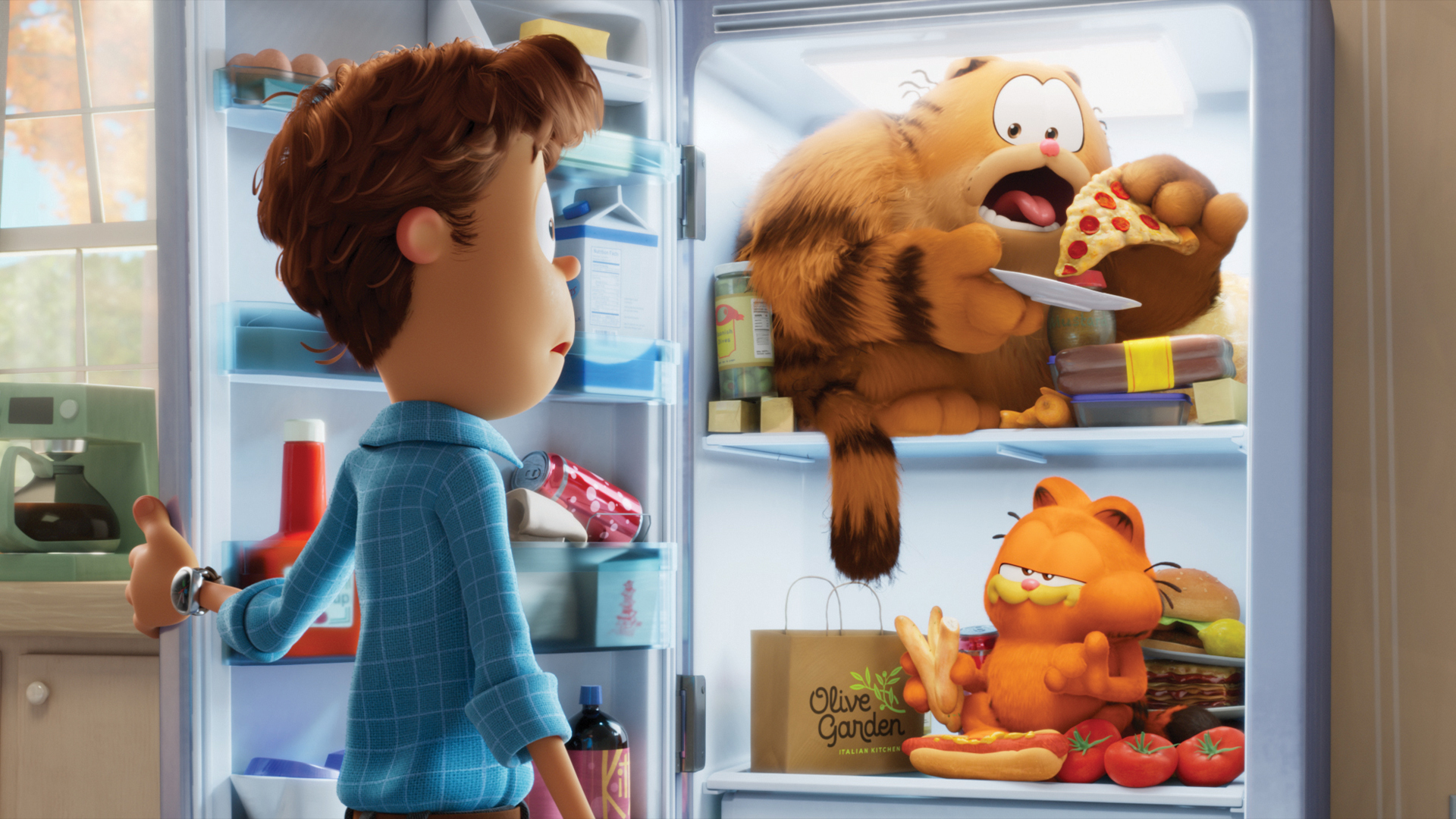
Bringing a classic comic strip to life in an extra dimension is no simple task, but it was precisely the challenge required when creating The Garfield Movie. The vast cast of animal characters for the latest cinematic adaptation of Jim Davis’ treasured lasagna-loving feline required an animation studio that was up to the task. Up stepped DNEG Animation.
Led by director Mark Dindal, DNEG overcome unique challenges en route to wrapping up the May release. We caught up with Stephan Osterburg, DNEG Animation’s head of rigging, to find out how the Ziva toolset helped to translate household names into 3D animation.
If you're a budding digital artist, check out our guide to the best laptops for 3D modelling and take a look at our hand-picked list of essential Blender tutorials to hone your skills.
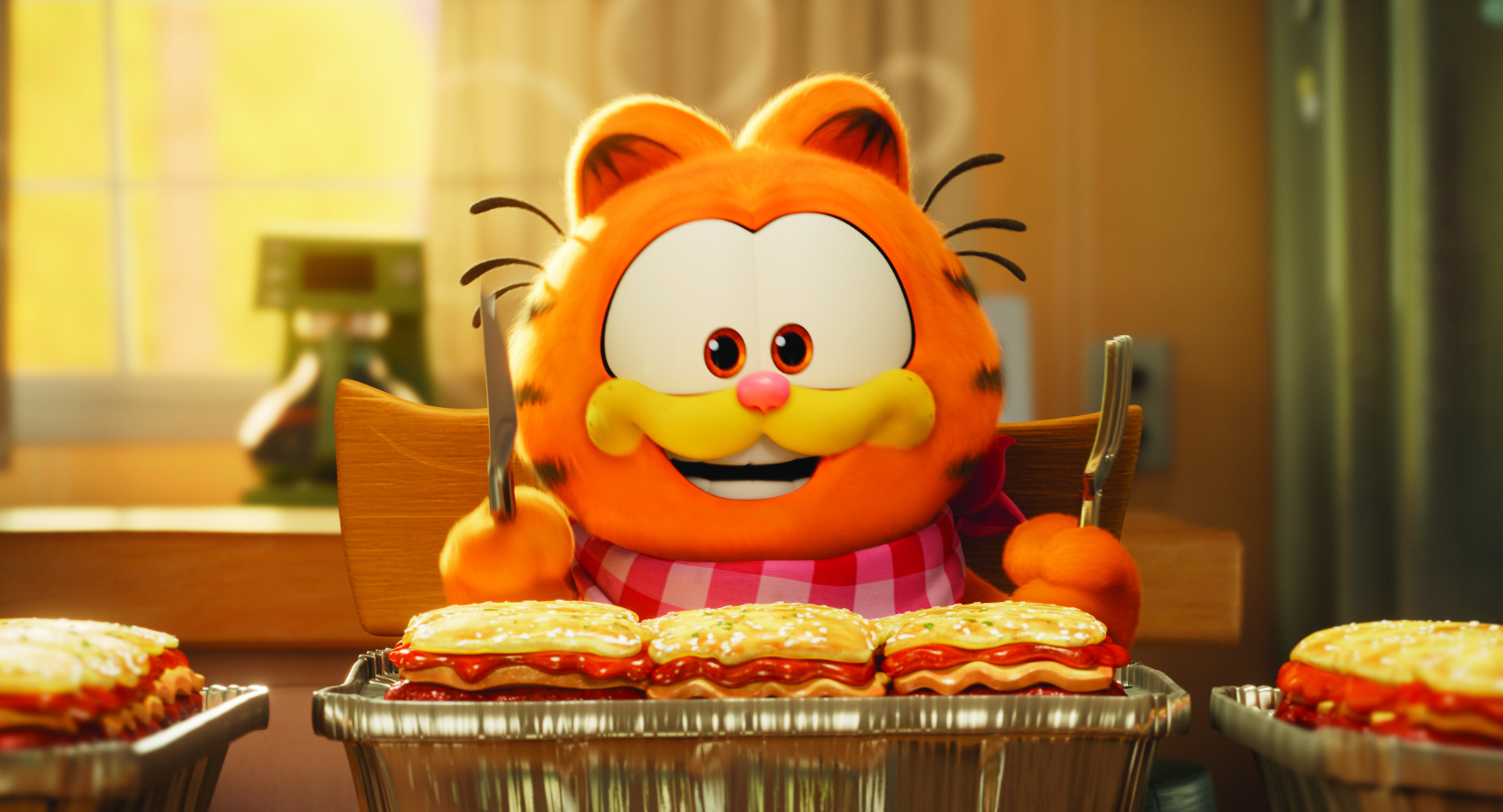
What was DNEG's involvement in the Garfield movie?
The Garfield Movie was produced by Alcon Entertainment and DNEG CEO Namit Malhotra’s production company, Prime Focus Limited. DNEG Animation was the exclusive animation partner on the movie.
Character performance played a major role in how the film was created, delivering a playful approach that still respected the original comic strips. This can be seen in the extreme poses and use of multi-limbed animations expressed by Garfield and the cast.
Importance was placed on seamlessly marrying the animation style and silhouette recognisable in the comic strips with updated design details, such as realistic fur and fluffy character textures. All these design aspects needed careful consideration during the rigging process, and Ziva helped the animation team deliver the amazing character performances seen in the final movie.
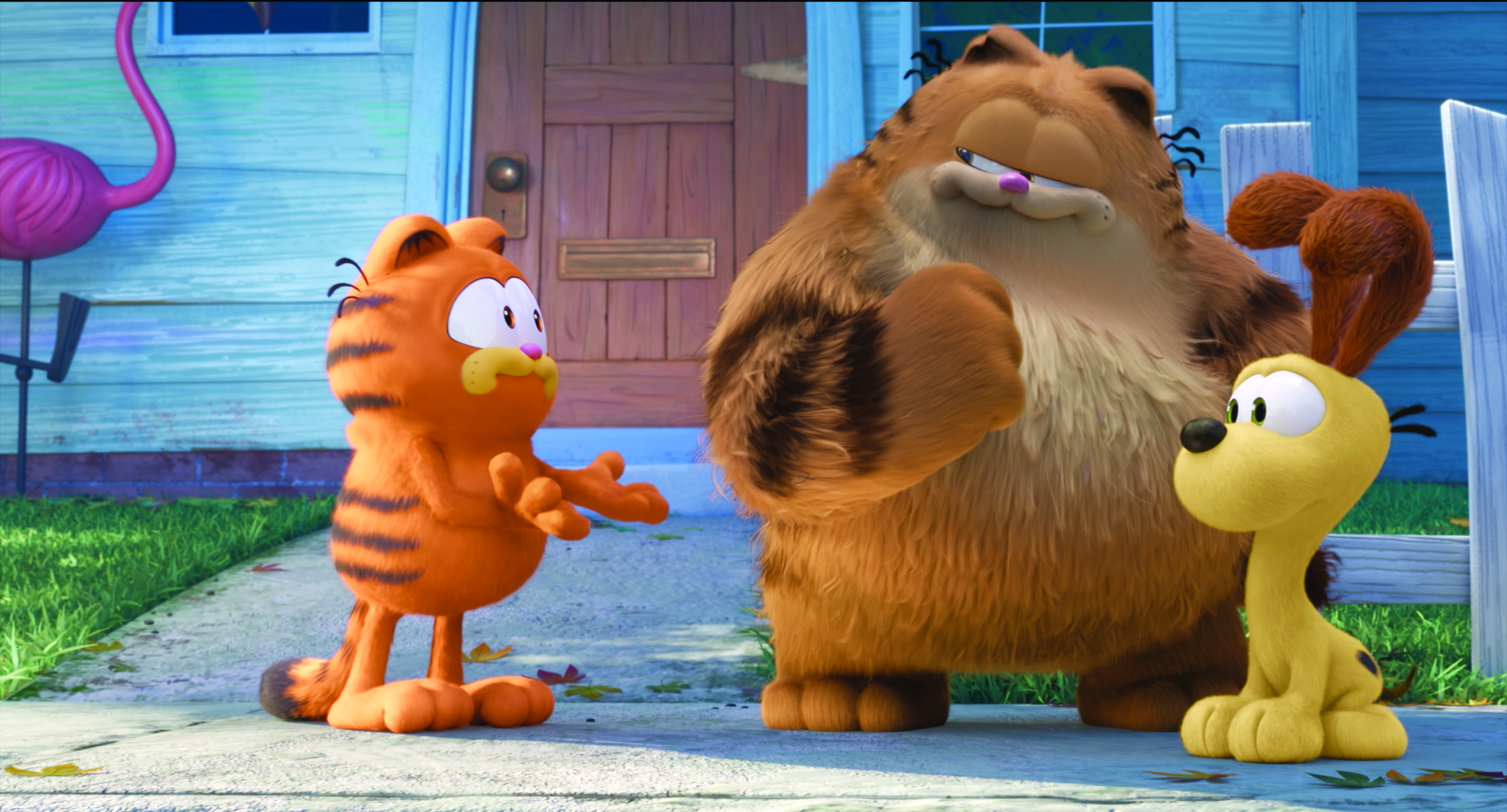
What is Ziva, and what role does it play in a film production pipeline?
Ziva consists of a number of associated technologies, but the two main components used for The Garfield Movie were Ziva VFX and Ziva Real-Time (RT). These tools were specifically created to animate digital humans and creatures.
Ziva VFX is simulation software that mimics the natural movement of soft tissue, enabling the creation of realistic and stylised characters. On the other hand, Ziva RT utilises machine learning to simplify the process of setting up complex characters for real-time animation, while maintaining their intricate movements and dynamics.
Why was Ziva the tool of choice for the film?
When we're working in feature animation, character deformations are typically crafted manually as opposed to being simulated using the more traditional visual effects methods. This is a meticulous process that involves much careful direction during character creation.
Using Ziva has enabled us to maintain the characters’ lifelike appearance and physical feel. In contrast, the character artists can focus on the art direction and stay true to the movie's visual style. At the same time, it allows animators to work with the character in real-time, making the animation process more interactive and efficient.
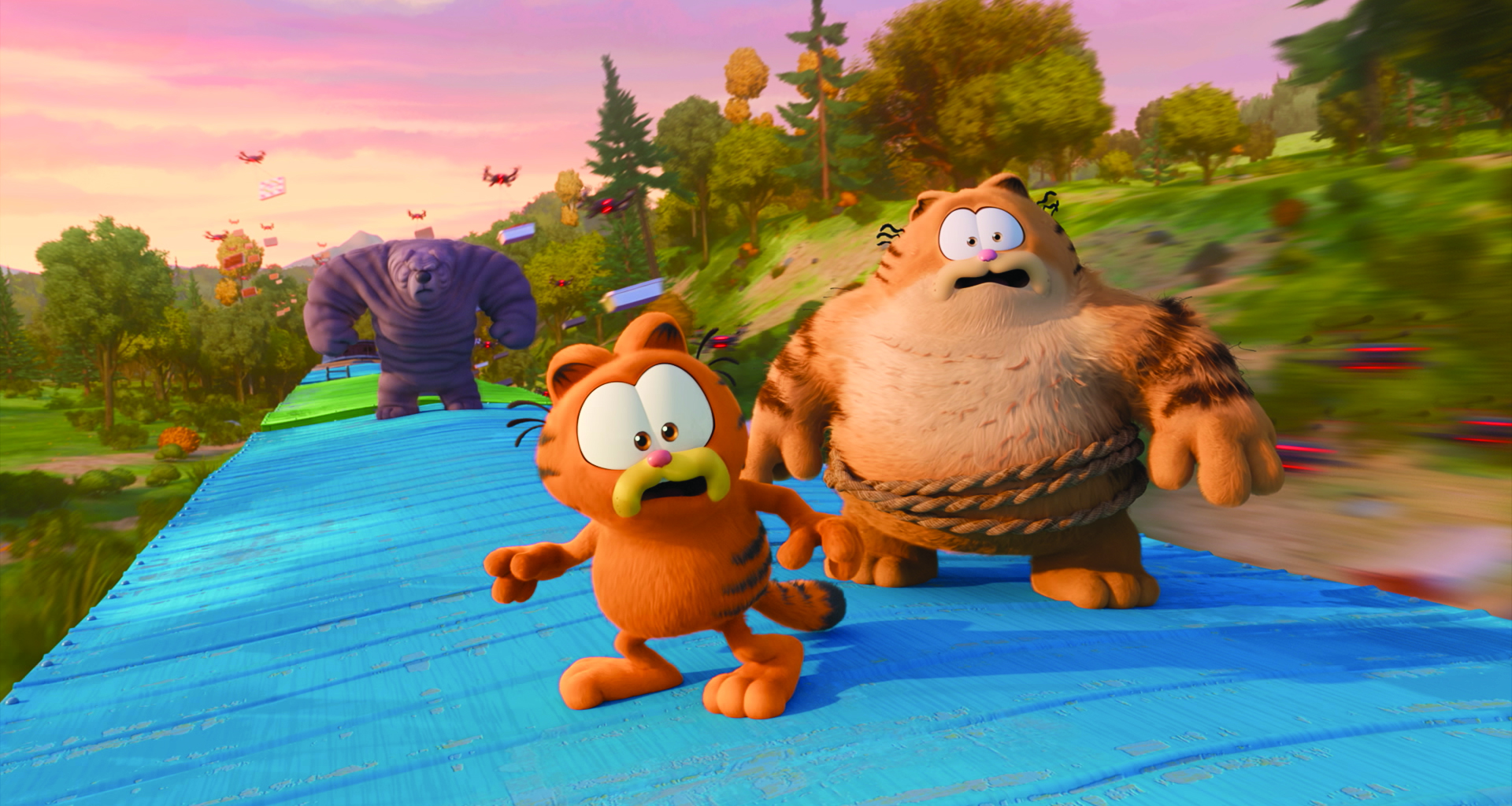
What was Ziva used for in The Garfield Movie?
During the production, our team used Ziva for the complex task of creating rigging for two specific characters: Vic and Roland. Roland in particular presented a unique challenge, as his character is modelled after the Michelin Man, but in the form of a large cat with significantly more wrinkles.
Importance was placed on seamlessly marrying the animation style with updated design details such as realistic fur
Stephan Osterburg, head of rigging, DNEG Animation
Initially, Ziva was chosen for exclusive use on Vic and Roland. However, due to the exceptional results we were getting, we decided to expand its implementation to more than 10 additional characters.
The animators were particularly impressed with the realistic feel and interconnectedness of the body. For instance, they appreciated how the shoulder movement would affect the belly and how the upper legs would interact with the belly. Looking back on the production, it's evident that achieving the same results would have taken us much longer to accomplish without Ziva.
What's different about simulating soft bodies compared to the more traditional techniques?
With soft bodies, particularly within Ziva VFX, the manipulation of mesh behavior can be finely tuned through material attributes. This stands in contrast to the conventional methods, such as skin clusters, where reliance on volume joints, blendShapes and other techniques is necessary to define and preserve the volume. The simulator handles the aspects that ground the character in some degree of physical realism, freeing up the riggers and animators
to focus on the emotions of the performance.
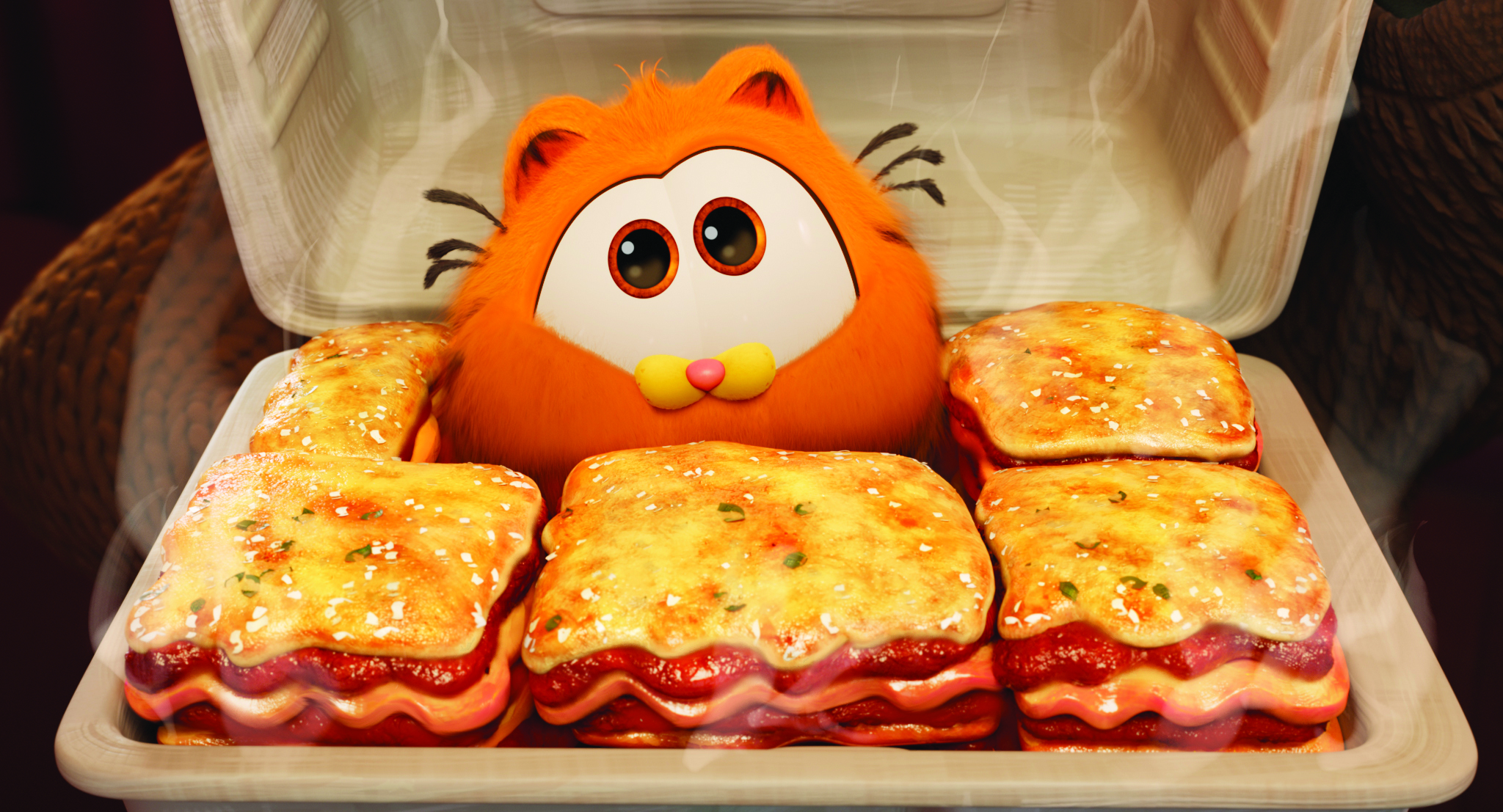
Why is simulation the preferred option?
Using simulation as a technique for character portrayal has proved to be an effective workflow for creating a more genuine, realistic representation of a character. This method facilitates a more profound exploration of a character's range of attributes, emotions and responses, which ultimately creates a more captivating and relatable portrayal.
Can you explain what your typical workflow for the film looks like in Ziva?
Our approach to the workflow in Ziva differs slightly from the standard practice for digital character work on the VFX side, as we apply simulation techniques to stylised characters. We put the emphasis on maintaining simple forms with distinct silhouettes and clean lines.
Rather than deferring simulation to the final stages of the pipeline, we integrate it at the outset during the asset-building phase. During this stage, we construct 3D models to outline the rigid bone structure and the tissue regions of the body.
Going forward, Ziva will continue to innovate as a proprietary solution under DNEG’s banner
Stephan Osterburg, head of rigging, DNEG Animation
Our next step is to establish the connections between the bone meshes and joints, and define the relationships between the soft tissue and bone meshes. We then directly specify the material attributes on the body volumes by painting maps or setting specific values to achieve the desired visual and physical properties.
Lastly, we leverage machine learning using Ziva RT to harness the data and fully exploit the simulation system. This gives us an animation rig that reconstructs the fidelity of the simulation, but with real-time interactivity.

Ziva is no longer available publicly, but DNEG now has an exclusive perpetual licence. Can you share your plans for the product?
At DNEG, we're excited about harnessing the full potential of Ziva technology. We're currently in the process of combining Ziva, its tools, and libraries with our existing character effects workflows to set a new standard for DNEG’s creature and character creation work.
Ziva has been working on several groundbreaking innovations that utilise machine learning and GPU accelerations, which have not been available for public release. DNEG will leverage these innovations soon on upcoming productions.
Can you provide some thoughts on what you believe to be the future of character animation?
I believe we're at an exciting juncture where machine learning (ML) and artificial intelligence (AI) are poised to revolutionise various aspects of the animation industry. The extent to which artists and studios embrace these technologies will be pivotal in determining their widespread adoption.
ML and AI technologies have been making significant inroads in rendering and compositing, yielding notable improvements in workflow efficiency and rendering times. Over the next two to five years, machine learning will play an increasingly integral role in the rigging process, not only on the deformer but also in kinematics, rigging specific workflows, and plenty more. This development holds immense promise for artists to enhance the rigging process and push the boundaries of what's achievable in animation.

What competitors does Ziva have, and how does it stand out from the crowd?
Since the very beginning, Ziva has always strived for the best balance between accuracy, quality and speed of character effects simulations. The team has been dedicated to delivering solvers that are physically accurate, anatomically correct, and very fast, which sets them apart from most other available options.
There are a few commercially available software applications that provide partial solutions, while some of the larger VFX studios lean on their in-house, proprietary options that aren't available to the public. Ziva is the only product of its kind that addresses creature and character effects holistically. Going forward, Ziva will continue to innovate as a proprietary solution under DNEG’s banner.
This content originally appeared in 3D World magazine, the world's leading CG art magazine. 3D World is on sale in the UK, Europe, United States, Canada, Australia and more. Limited numbers of 3D World print editions are available for delivery from our online store (the shipping costs are included in all prices). Subscribe to 3D World at Magazines Direct.







